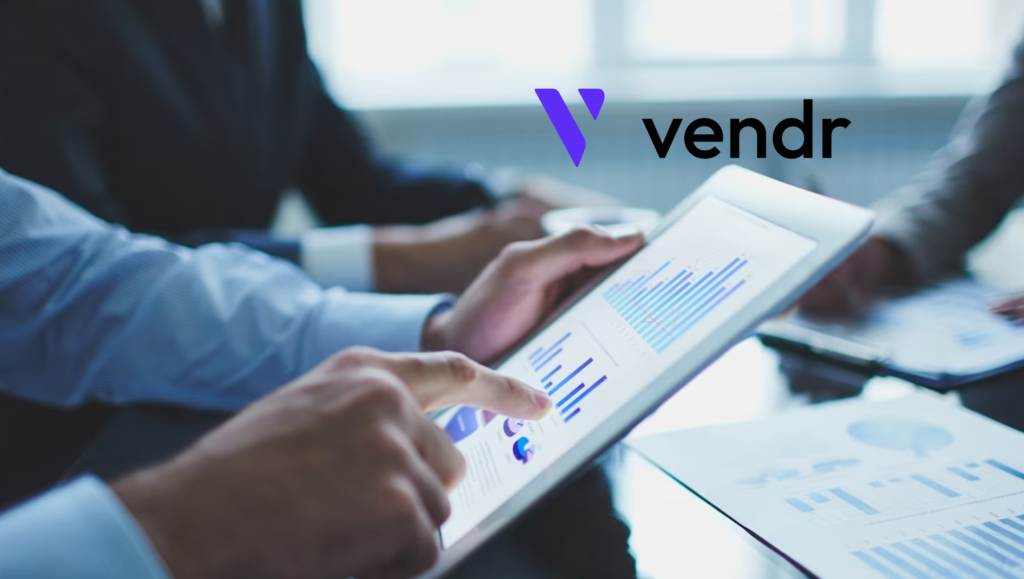SaaS is open for business, particularly for sales, revenue, and data; uptick in AI-powered tools; average contract value increases 23%
To help companies make faster, more informed software purchasing decisions, Vendr today released its inaugural SaaS Trends Report: Q1 2023. Findings show significant investment over the last quarter in three core categories: sales and revenue; engineering and security; and communications and collaboration, which signals revenue strategy as a priority over prevailing growth headwinds. With higher costs incurred by inflation and a slim market share for top SaaS players, the report also validates 2023 as the year of the price hike, with data showing average contract values (ACV) rising to $137,072—a 23% increase from 2022.
“The SaaS industry is facing a perfect storm of economic pressures and compliance demands,” said Vendr CEO + co-founder, Ryan Neu. “Rising interest rates, complex security requirements, and the impacts of Silicon Valley Bank’s recent collapse are requiring companies to invest in innovation while balancing profitability with affordability. Q1 2023 shows us that businesses are putting their money where their mouths are: sales and revenue, security and engineering, and collaboration are top priorities, and companies that invest in these areas while striking the appropriate balance in spend are the ones that will succeed.”
Backed by historical data from billions in spend processed from tens of thousands of deals and thousands of suppliers, Vendr analyzed 2,900+ transactions in Q1 2023 to help quantify SaaS and inform better, data-driven decisions for buyers.
Read More: AVANT Named Top Partner Of The Year By Tangoe
Key findings from Vendr’s SaaS Trends Report: Q1 2023 include:
- AI leading the charge: AI-powered software is becoming more essential for businesses, with 36% of tools purchased in Q1 having AI features.
- Top new purchases: Salesloft and Drata top the list of new purchases, displaying an emphasis on investing in sales/revenue alongside security and compliance.
- Economic factors + ACV: An increase in federal interest rates may be related to the consistent increase in ACV of SaaS purchases over the past 12 months, which rose by 23% in Q1 2023.
- Diversifying the SaaS portfolio: Prominent names like Salesforce, Zoom, and DocuSign constitute only 13% of transactions, while 900+ diverse products contribute to the majority of sales.
Read More: SalesTechStar Interview with Mike Myer, CEO and Founder of Quiq
As software prices continue to increase, the report also determined six key factors influencing SaaS purchasing heading into Q2:
- Streamlining SaaS usage: Companies are cutting down on SaaS sprawl by opting for fewer products and shorter contract terms.
- Focused spending: Recent trends indicate increased spending on specific, targeted SaaS products by businesses.
- Cost-reduction strategies: As budgets are put under a microscope, companies are implementing cost-cutting measures in response to price hikes for critical SaaS services.
- Enhanced integration: Improved integration capabilities offered by SaaS products allow companies to connect existing systems more seamlessly, reducing the need for additional services.
- Reducing redundancy: Companies are addressing overlapping functionality in SaaS products to eliminate inefficiencies.
- Simplified procurement: Businesses are working with fewer vendors to streamline procurement processes and reduce administrative burdens.





















